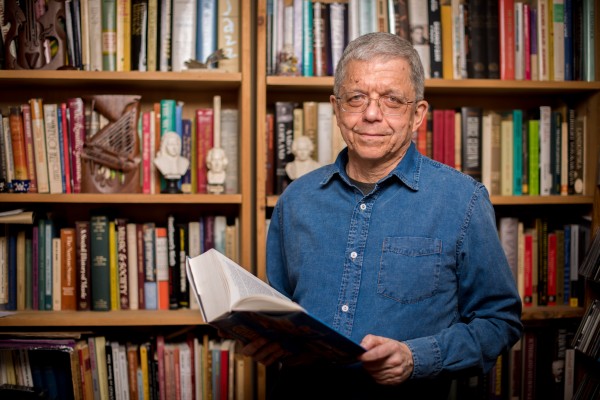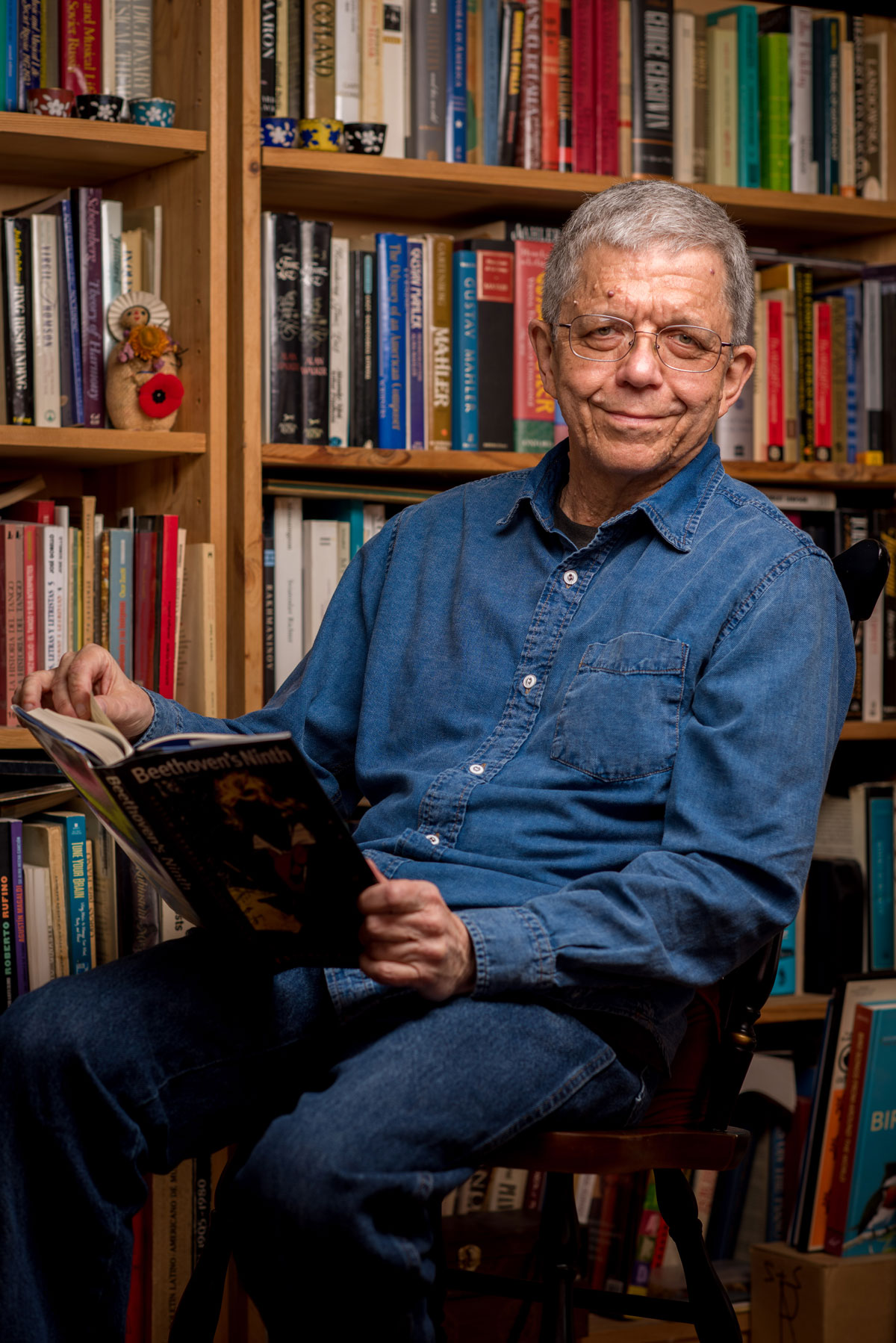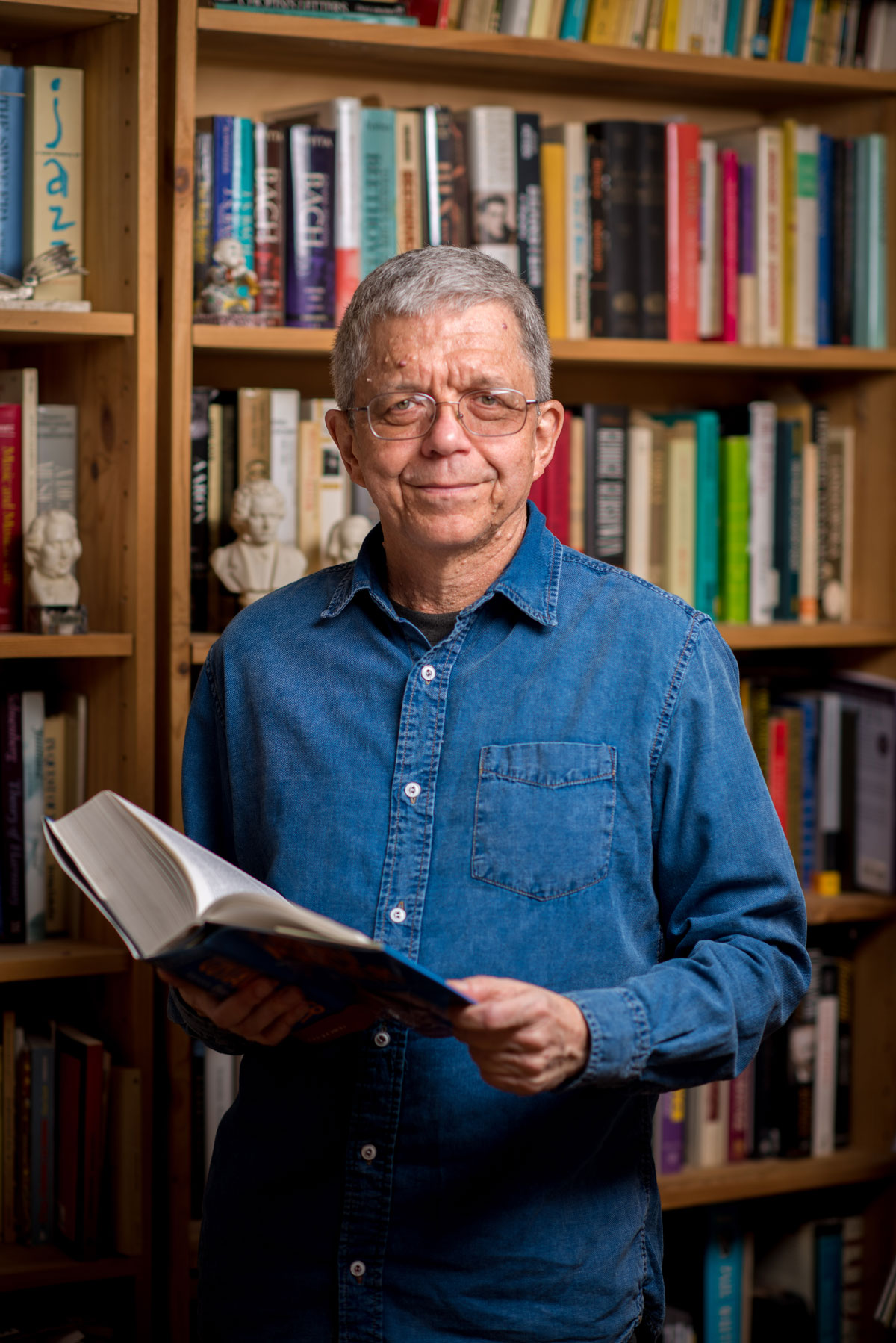
My first encounter with NF was long before I ever realized what it was. Before I can remember, when I was learning to walk, my left leg collapsed under me, I assume in great pain. I could not walk but since this was the early 1950s the first thought was it must be polio.
What they found was that the left tibia was not fully formed, a condition called pseudoarthrosis, or “false joint.” At the time it was a mystery, at least to those who were old enough to be aware what “a mystery” was. I was still an infant and so this part of the story is from my parents.
A number of things were tried, first “setting the bone,” such as it was, and putting me in a cast. But I was so small (and perhaps a bit rebellious at having this plaster monstrosity put over my leg) that I kept crawling out of it. So a full-body cast settled that issue and “kept me in my place.”
There was an attempt to keep the leg straight by inserting a rod along the bone, but that found its way loose as well, almost poking through my heel from inside at one point, and I was apparently too small to try a bone graft at such a young age.
Amputation below the knee was suggested as a viable option, but not viable to my mom who was an RN and would have none of that. A trip from Syracuse to Boston Children’s Hospital resulted in another doctor’s recommendation. I have a vague recollection of that trip; the result must have been successful, even if I don’t recall it, because at 65 I look down and the leg is still there and fully functional.
After many bone grafts and surgeries when I got a bit older, including a graft from my father’s hip bone when I was three or four, I still remember the awful smell of ether and the loud buzzing of the fluorescent lights in the operating room as I was put under. Many years later, after my father passed away, I noted that we were joined at the hip…literally!
There was mention at one point of café au lait spots, but I never recall hearing that multi-syllable diagnosis, which it turned out, could mean many different things to many different people.
As I got older, I began to excel in school. Starting in first grade, I was placed in the slowest reading group because I was younger and shorter than the other kids in the class. But by second grade I quickly moved up to the advanced reading group. For me, learning disabilities were not a concern; I scored 100% on the New York State Math and Science Regents Exams in high school and was in the top tenth percentile of my graduating class.
My brother always said I had “super ears,” as I could zero in on conversations my parents were having downstairs, mostly about us after we had gone to bed, but not gone to sleep yet.
For someone who was supposed to be destined to have learning disabilities and hearing problems, I ended up with a career in the Music Business. My super ears gave me the ability to hear and remember many subtle details in the symphonic works of Mozart, Haydn Beethoven, Schumann, and Mahler, among others.
Perhaps is was because of NF affecting my left leg, with all the bone grafts, surgeries, casts, and braces, that I did not aspire to sports and gravitated instead to academics like music history and research. However as a kid, I was outside all summer, active, riding bikes, and running around the neighborhood with all the other kids. I was able to take off the brace to swim in the pool, and even when I had the cast, my mom came up with a clever way of water proofing it, so I could even take a dip in the pool. When you are young, you are what you are and you don’t really know anything else.
It was not until I was 29 that I first heard about NF. I went in for a routine physical, which I had not had for many years, before getting married. The doctor asked me if I had ever been diagnosed with NF, and I did not even know what it was. He said, “Well, it looks like you have it,” based on the small lumps all over my torso and neck.
Fast forward to 2012, at 59 and I was having a routine eye exam, and the doctor notices the lisch nodules in the eye, and asks if I have ever confirmed, by genetic testing, that I have NF. Medical testing, a five page interview and the most comprehensive medical history I have ever had done later, neurofibromatosis type 1 was confirmed.
For the past 40 years, after the final bone graft, my leg has been fine, without any brace or additional support, and other than the dermals all over my skin, I am in good health.
At 65 years young, I am productive, still doing lots of consulting in the music business, specializing in music scheduling software/databases for radio. I feel great and just bought a school in Argentina with my wife, which is soon to become a piano academy.
Richard Glasford, 65 years old, lives with neurofibromatosis type 1. He consults in the music business, specializing in music scheduling software and databases for radio. He resides in New York, NY with his wife.



